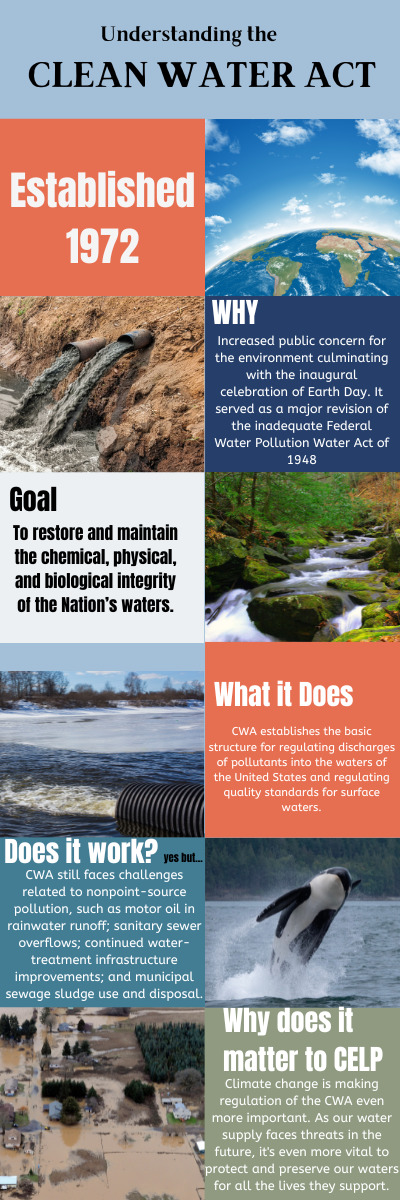Water Quality
The relationship between the amount of water and the quality of the water becomes more pronounced as climate change affects our waterways.
What to water quality and water quantity have in common?
No conversation about water quantity would be complete without also talking about the health of our waterways. Water pollution – from human-made and natural sources – and the climate change effects of temperature and related weather issues become exaggerated in the face of water scarcity. Times of precipitation abundance can also be problematic as our waterways become clogged with silt or debris or run unchecked across the landscape, sweeping up everything in their path.
We must consider all factors as we protect the resilience and abundance of our waters of people and ecosystems now and in the future.
Changing Habitat
Changing Habitat
Drought decreases water flow in streams and rivers making it difficult for aquatic life to thrive.
Increased Pollutants
Increased Pollutants
Excess precipitation can overburden stormwater stystems washing chemicals, toxins and pollutants into water bodies.
Toxic Blooms
Toxic Blooms
Rising ocean temperatures and shallower bodies of water make ideal conditions for toxic algae blooms.
Clogged Waterways
Clogged Waterways
Wildfires scour the ground leaving no vegetation to absorb or filter runoff before it joins streams and rivers.
Eroding Landscapes
Eroding Landscapes
Heavy rains saturate burn scars and cause debris-filled landslides that destroy habitats and structures.

The EPA & the Clean Water Act
The Clean Water Act (CWA) of 1972 was passed in direct response to increasing public concern for the environment and the inaugural celebration of Earth Day. Serving as a major revision of the Federal Water Pollution Control Act of 1948 which had proven woefully ineffective (see: Cuyahoga River fires and the 1969 Santa Barbara Oil Spill), the goal of the CWA was, and is, to restore and maintain clean and healthy waters. The CWA established the basic structure for regulating discharges of pollutants into the waters of the United States and regulating quality standards for surface waters.
Responsible for monitoring and enforcement under the CWA, the Environmental Protection Agency (EPA) has implemented pollution control programs and developed national water quality criteria recommendations for pollutants in surface waters. The EPA works with its federal, state and tribal regulatory partners through a comprehensive Clean Water Act compliance monitoring program to protect human health and the environment by ensuring that the regulated community obeys environmental laws/regulations through on-site visits by qualified inspectors, and a review of the information EPA or a state/tribe requires to be submitted.
While significant improvements have been made in public health and environmental protection as a result of the EPA’s enforcement of the CWA, the CWA still faces challenges related to nonpoint-source pollution, such as motor oil in rainwater runoff; sanitary sewer overflows; continued water-treatment infrastructure improvements; and municipal sewage sludge use and disposal.
The Clean Water Act compels the Environmental Protection Agency (EPA) and the Army Corps of Engineers to protect the Waters of the United States (WOTUS).
In February of 2017, President Trump issued an executive order directing the EPA and Army for Civil Works to review the Clean Water Rule and consider withdrawing it and replacing it with a weaker version. The Dirty Water Rule could strip protections from more than 50% of the Nation’s wetlands, and more than 18% of the country’s streams and rivers. This equates to millions of miles of streams and rivers that would no longer be protected from pollution. In response to the Dirty Water Rule being finalized in 2020, numerous organizations have filed a lawsuit. Litigation is ongoing.
To read more about the current status of the CWA, The Dirty Water Rule and the Clean Water Act, please visit our friends at Puget Soundkeeper, from whom we collected the above information.
